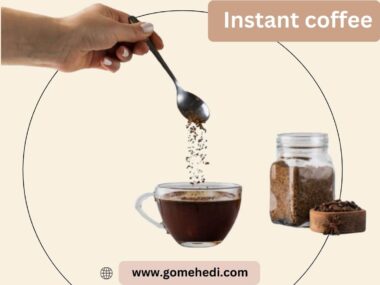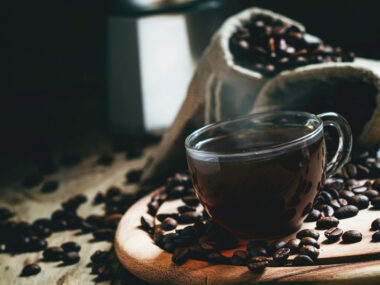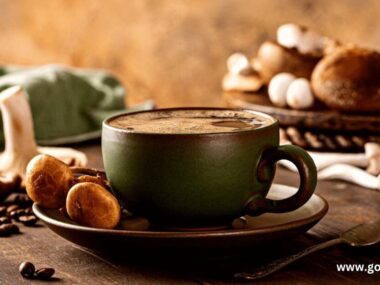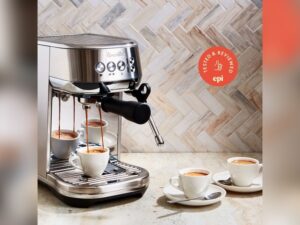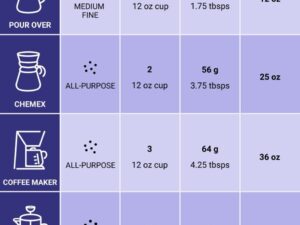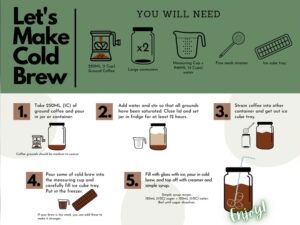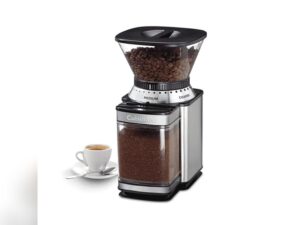If you want to brew the perfect cup of coffee, the grind size matters more than you might think. Coarse grinding your coffee beans can unlock richer flavors and a smoother taste, especially if you’re using methods like French press or cold brew.
But how do you get that ideal coarse grind every time? You’ll discover simple tips and tricks to master coarse grinding, so your coffee always tastes just right. Keep reading—you’re about to take your coffee game to the next level.
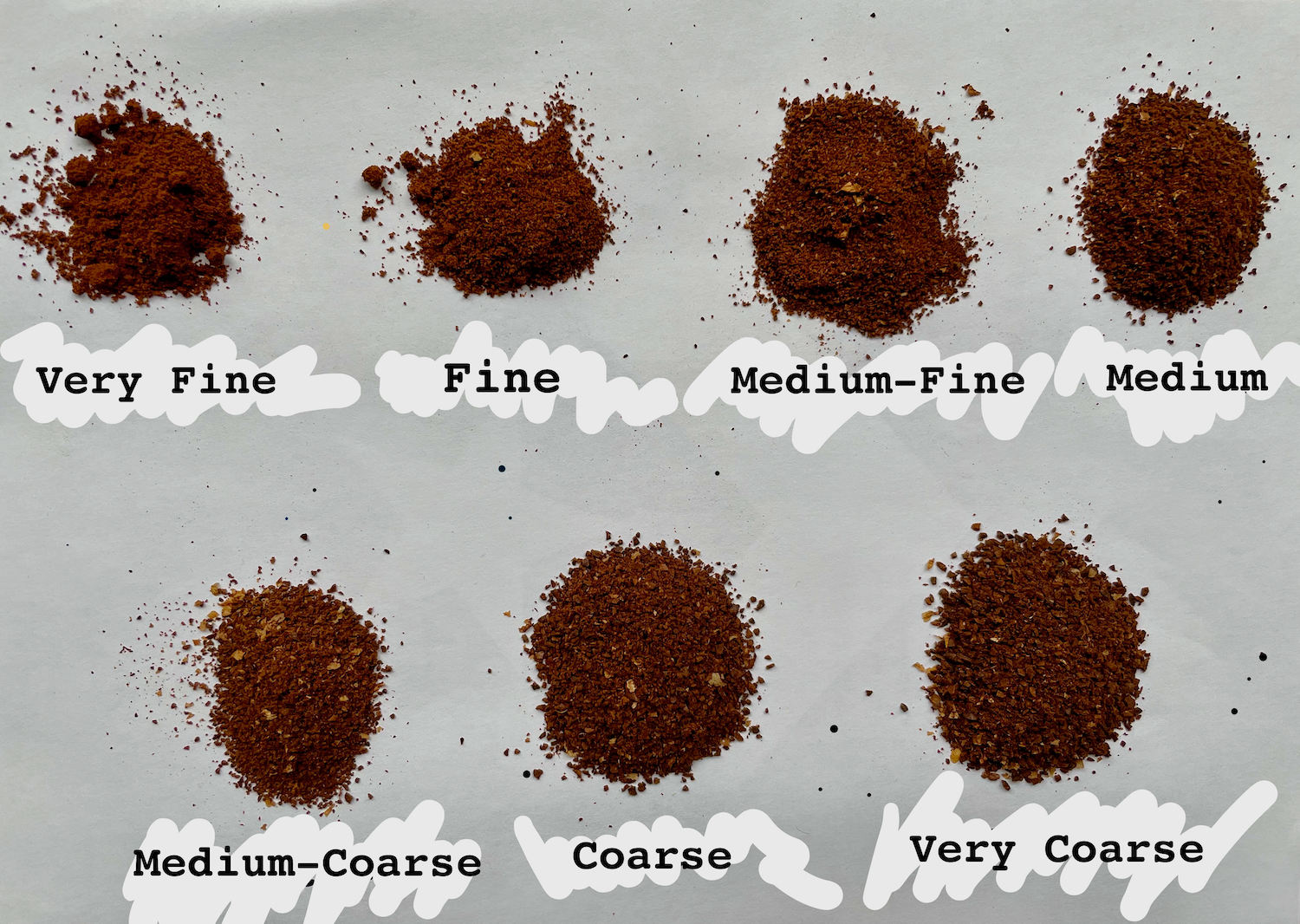
Credit: tastinggrounds.com
Why Choose Coarse Grind
Choosing a coarse grind for your coffee can change your brewing experience. It affects how water extracts flavors from the beans. This grind size is bigger and rougher than others. It creates a slower extraction process. The result is a different taste and texture in your cup.
Impact On Flavor
Coarse grind allows water to flow through coffee easily. It reduces bitterness and acidity in the drink. The flavors come out more gently and smoothly. You get a cleaner taste with less sharpness. This grind keeps delicate notes in the coffee. It helps highlight natural sweetness and subtle flavors.
Best Brewing Methods
Coarse grind works best with methods that need longer brewing time. French press is a top choice because it uses full immersion. Cold brew also needs coarse grind to avoid over-extraction. Percolators and drip machines with a slow drip perform well with this grind size. Avoid using it in espresso machines. The grind is too coarse for quick extraction.
Tools For Coarse Grinding
Choosing the right tools for coarse grinding coffee is important. The tool affects grind size and flavor. Coarse grounds are ideal for methods like French press and cold brew. Different grinders offer different benefits. Understanding the tools helps make better coffee at home.
Manual Grinders
Manual grinders are hand-powered and simple. They give control over the grind size. These grinders are quiet and portable. They work well for coarse grinding. Manual grinders require effort but deliver consistent results. They are often more affordable than electric options.
Electric Grinders
Electric grinders use motors to grind beans quickly. They save time and effort. Many electric models allow adjusting the grind size. This makes them versatile for different brewing methods. Some electric grinders are compact and easy to use. They are ideal for daily coffee preparation.
Blade Vs Burr Grinders
Blade grinders chop beans unevenly. They are less precise for coarse grinding. Burr grinders crush beans between two surfaces. This creates uniform coarse grounds. Burr grinders produce better flavor and consistency. For coarse grinding, burr grinders are the preferred choice.
Step-by-step Grinding Process
Grinding coffee beans to a coarse texture is simple with the right steps. It helps make perfect coffee with rich flavor. Follow this step-by-step guide to grind your beans correctly.
Measuring Coffee Beans
Start by measuring the right amount of coffee beans. Use a kitchen scale for accuracy. Typically, use about 1 to 2 tablespoons of beans per cup. Measuring ensures consistent taste every time.
Setting The Grinder
Adjust your grinder to the coarse setting. Most grinders have clear settings or numbers. Choose the one labeled “coarse” or the largest grind size. This setting creates bigger coffee particles needed for certain brewing methods.
Grinding Techniques
Pour measured beans into the grinder. Hold the grinder steady while turning it on. Grind in short bursts if using a manual grinder. Check the grind size after a few seconds. Stop when you get coarse, even particles.

Credit: 88coffeecompany.com
Adjusting Grind Size
Adjusting the grind size is key to making great coarse ground coffee. The grind size affects how water flows through the coffee and the final taste. A coarser grind lets water pass quickly, giving a lighter brew. A finer grind slows water down, making a stronger cup.
Changing the grind size helps control flavor, strength, and extraction. Knowing the difference between coarse and extra coarse helps choose the right setting for your brewing method. Small adjustments can fix common brewing problems and improve your coffee.
Coarse Vs Extra Coarse
Coarse grind looks like sea salt. It works well for French press and percolators. Extra coarse is chunkier, like peppercorns. It suits cold brew and some drip machines. The bigger the grind, the slower the extraction. Use coarse for quick brews, extra coarse for long steeps.
Troubleshooting Common Issues
If coffee tastes bitter, grind might be too fine. Try a coarser grind to reduce bitterness. If the coffee is weak or sour, the grind could be too coarse. Use a slightly finer grind for better flavor. Adjust grind size little by little until taste improves.
Storing Coarse Ground Coffee
Storing coarse ground coffee properly keeps its flavor fresh and rich. Coffee starts to lose taste soon after grinding. Air, light, heat, and moisture make coffee go stale faster. Good storage helps keep the coffee’s aroma and taste longer. Follow simple steps to store coarse ground coffee well.
Best Containers
Use airtight containers to store coarse ground coffee. Glass jars with rubber seals work best. Avoid plastic containers that let air pass through. Metal tins with tight lids also keep coffee fresh. Dark containers block light that harms coffee flavor. Small containers help keep coffee fresh by limiting air exposure.
Shelf Life Tips
Store coffee in a cool, dry place away from sunlight. Avoid keeping coffee near the stove or oven. Use coffee within two weeks for best flavor. Grinding coffee fresh before brewing is ideal. Do not store coffee in the fridge or freezer. Moisture from cold storage ruins coffee taste and texture.
Brewing Tips For Coarse Grind
Coarse ground coffee works best with specific brewing methods. It allows water to flow slowly and extracts flavors gently. Using the right technique will improve your coffee’s taste. Here are some tips for brewing with coarse coffee grind.
French Press
Use coarse grind for a French Press to avoid over-extraction. Add coffee grounds to the press and pour hot water over them. Let it steep for about 4 minutes. Press the plunger down slowly to separate the grounds. Serve immediately for the best flavor.
Cold Brew
Coarse grind is perfect for cold brew coffee. Mix coffee grounds with cold water in a jar or pitcher. Let it steep in the fridge for 12 to 24 hours. Strain the mixture through a fine mesh or coffee filter. Enjoy a smooth, less bitter cold brew.
Percolator
Percolators need coarse coffee to avoid a bitter taste. Fill the basket with coarse grounds and add water below the basket. Heat the percolator and let it brew until the water cycles several times. Remove from heat and let it settle. Serve your rich, bold coffee hot.
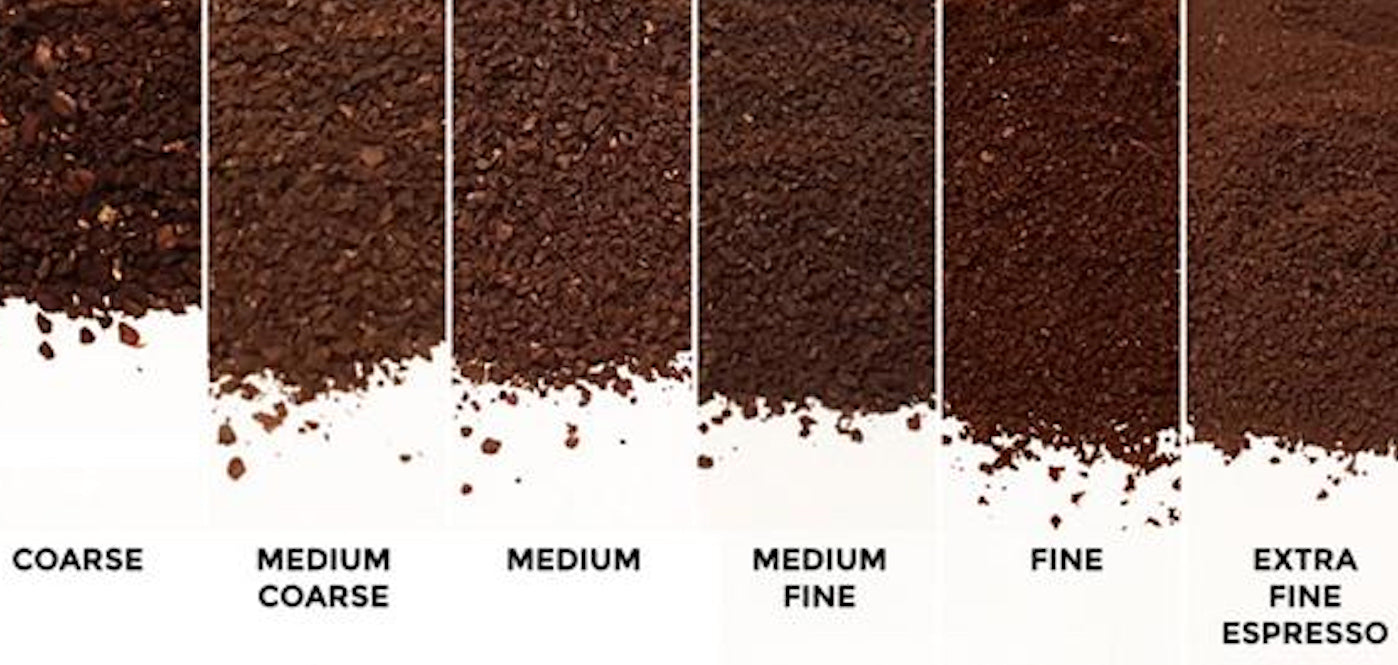
Credit: weaverscoffee.com
Frequently Asked Questions
What Is Coarse Grind Coffee Used For?
Coarse grind coffee is ideal for French press, cold brew, and percolators. It allows slow extraction and rich flavor. The larger particles prevent over-extraction and bitterness.
How Do I Achieve A Coarse Grind Consistency?
Use a burr grinder set to the coarsest setting. Grind beans in short bursts for even size. Avoid blade grinders for consistent coarse grounds.
Why Is Coarse Grinding Better For Cold Brew?
Coarse grounds steep slowly, yielding smooth, less acidic coffee. Fine grounds can cause over-extraction and bitterness in cold brew. Coarse grind helps produce a balanced flavor.
How Long Should I Grind Coffee For Coarse Texture?
Grind time depends on your grinder type. Burr grinders usually take 10-15 seconds. Avoid over-grinding to prevent fine particles in your coarse batch.
Conclusion
Coarse grinding coffee helps you enjoy a smooth and rich flavor. It suits methods like French press and cold brew well. Grinding beans just right takes practice, but it is easy to learn. Use a burr grinder for consistent coarse grounds.
Adjust the grind size to match your brewing style. Freshly ground coffee makes a big difference in taste. Keep experimenting until you find what works best for you. Enjoy the simple pleasure of making coffee just how you like it.

